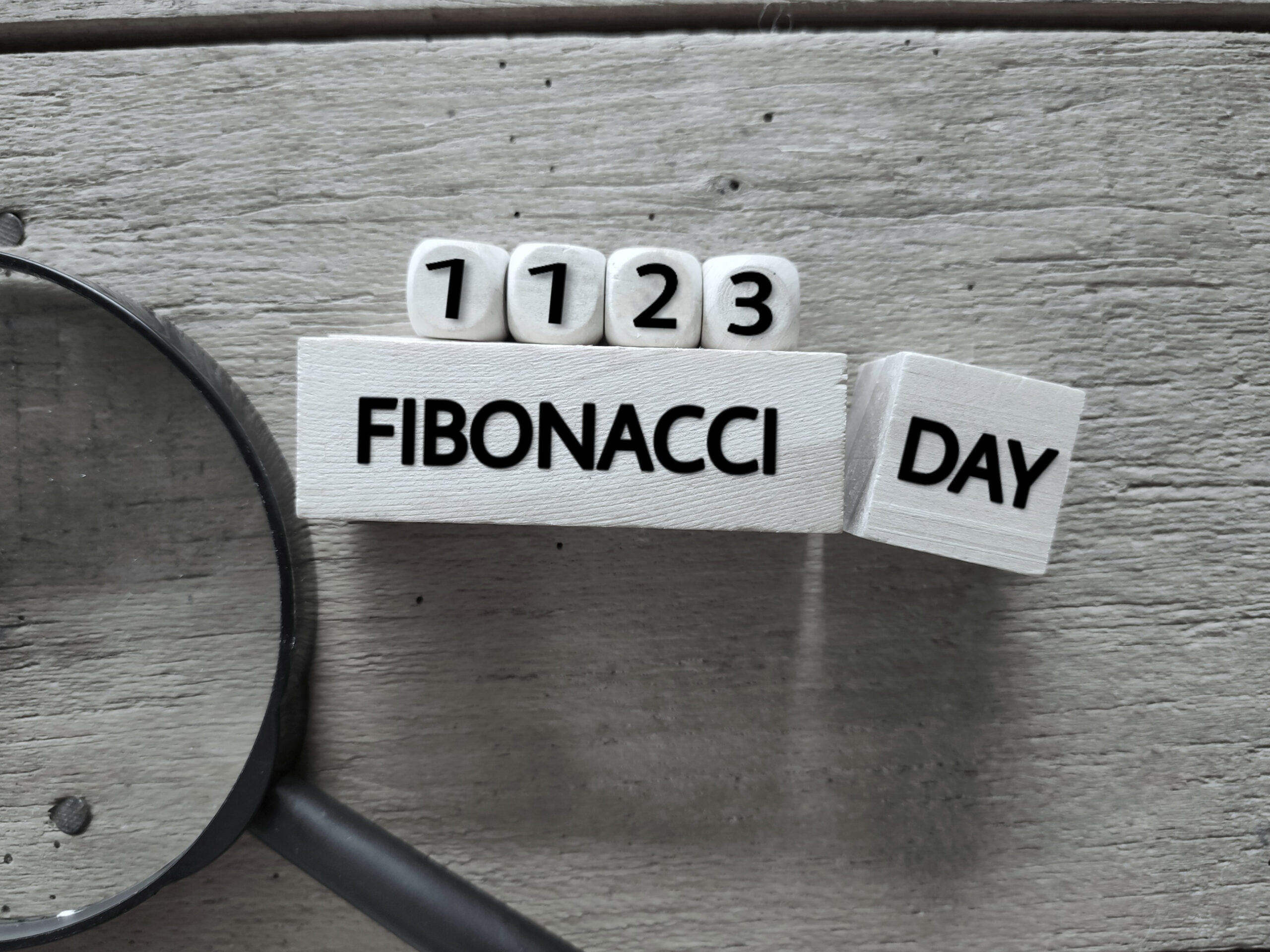When you look at the price chart for an asset like WTI oil or the EUR/USD currency pair, it’s evident that the movements occur in waves: some smaller and others larger. Fibonacci trading is one method of taking advantage of the market’s tendency to behave in this way. It takes advantage, in fact, of patterns in wave formation that are quite specific, and this is what gives it its unique power.

Before we speak about particular Fibonacci trading strategies, let’s take a minute to remind ourselves of what they actually rely upon. Let’s imagine you’re looking at a long downtrend in the price of WTI oil that occurred over the course of a month, after which time prices bottomed out and started drifting higher. Now, to say that we have no idea whatsoever what might happen to prices next is simply not true.
We know there has been a pronounced bearish trend in prices, and we know that prices tend to pull back from trends before continuing on with them. In other words, we have reason to believe prices will resume their downward journey after taking a short break, rather than set off on a new bullish trek.
But when we do see prices stall and start dropping again, can we know with any degree of certainty if this will be the resumption of that powerful downtrend, rather than merely a hiccup in the bullish correction? Surprisingly, the answer is yes. If rising prices lose steam at a Fibonacci level, the statistics show there’s a high chance that the original bearish drop is going to pick up where it left off.
And this is wonderful news for CFD traders using the iFOREX app to trade in the prices of WTI oil, since they’ve located a great entry point for a sell trade on that commodity. The next piece of good news is that Fibonacci levels can also help you determine a target where those dropping prices might finally find support, and where you could place your take profits order.
Preparations for Fibonacci Trading
Fibonacci Trading works best when there’s a clear trend that has established itself. Therefore, start by marking out an area on your price chart where there’s an unmistakable trend in the upward or downward direction. Interestingly, Fibonacci levels can be applied to all time frames, but they do grow more effective the more you broaden your time frame.
Use your trading platform’s special tools to plot the Fibonacci levels over your trend. Today’s technology makes this an easy and even pleasant experience. Keep your strongest eye on the key Fibonacci levels: 23.6%, 38.2%, and 61.8%. Let’s return to our example above, where we have a deep downturn in prices that’s reached a floor. Now that prices have turned upward, thousands of oil traders around the world would have marked off the same levels you have on their charts. They’re searching, just like you are, for the point where that downtrend will resume its course.
When prices retrace 23.6% of the original drop, you might see prices slow down and linger, but then continue rising. This means some traders sold at this point, but they were overpowered by the buying energy, which dragged prices higher. In the event that prices turn around in earnest at the 38.2% level, lots of traders may decide to sell, and this will likely make the Fibonacci prophecy come true, drawing prices back into that bearish slog from here. This is your point of entry for a sell deal on WTI.
Taking it from Here
Why didn’t prices rise all the way to 61.8% of the initial bear run? The bullish momentum, for whatever reason, was not strong enough in this case to take prices that high. Next time, 61.8% could be the number to watch. But note that, since we waited to see the downtrend had resumed before opening our deal, we didn’t need to predict which would be the key percentage. We’re not claiming to be prophets here. On the contrary, everything we’re saying is quite rational. And it’s all the more rational to respect Fibonacci levels because, even if you doubt the cosmic status of their underlying ratios, as some do, the mere fact that people believe in them and act on them lends them power.
Once prices are back on the bear train, you can use Fibonacci extensions to set your take profits order. Look for a potential bottom when prices descend to 161.8% of the 38.2% correction. If they keep dropping past this point, watch out for the 261.8% level.
Wrapping Up
As we’ve tried to argue, the significance of Fibonacci levels is a fact of life in the trading world, rather than just a theory. Bear in mind, though, that they do not have the power on their own to give you a definite buy signal. What they can do is offer you strong reason to suspect a particular point of marking the resumption of a pre-existing price trend. Traders use them in conjunction with other indicators, most commonly candlestick patterns, moving averages, and volume indicators. If one or more of these indicators points in the same direction as your Fibonacci trading strategy, you have reason to smile.
iFOREX clients enjoy the use of various technological trading tools, but also of an extensive education centre that helps you learn to use them. If you’re interested in a powerful, user-friendly trading app, visit the iFOREX website to find out more about it.



